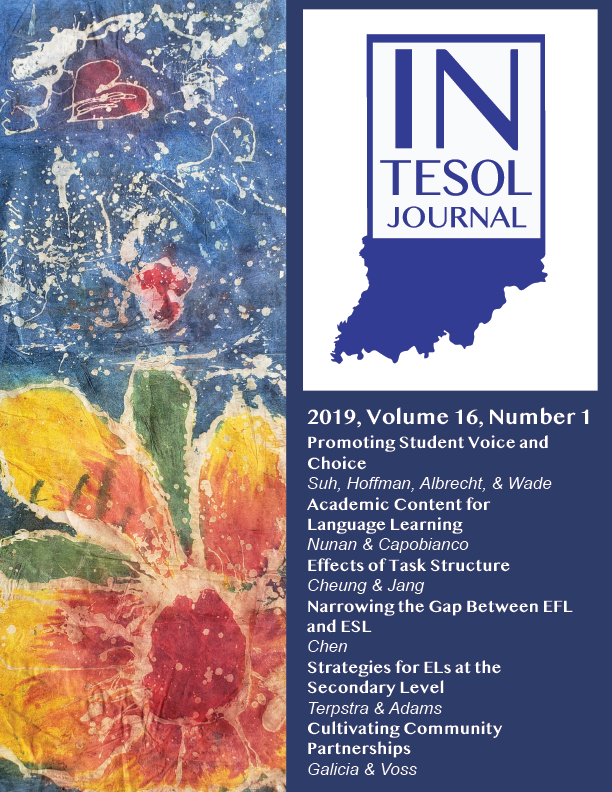Identifying Strategies for English Language Learner Literacy Development at the Secondary Level Using Whole-class Readings
DOI:
https://doi.org/10.18060/23365Keywords:
English language learners, literacy strategies, secondary English classroomAbstract
This study seeks to identify literacy strategies that support English language learner literacy development in secondary English courses. The study occurs over a six-week unit where whole-class reading of the novella Animal Farm takes place. The study features qualitative methods of data collection and analysis situated in an advocacy, change-oriented perspective. Data include teaching journal entries, lesson plans, field notes, student conference interviews (conferring notes), and student records and artifacts. Constant comparison and grounded theory methods of analysis are used, along with open coding and pattern matching. Findings reveal four emergent patterns that have a significant positive correlation to comprehension, participation, and academic achievement: the frequency of teacher read-alouds, the use of visual aids with graphic organizers, the use of group activities as part of scaffolding exercises, and sustained repetition of strategies and material.


